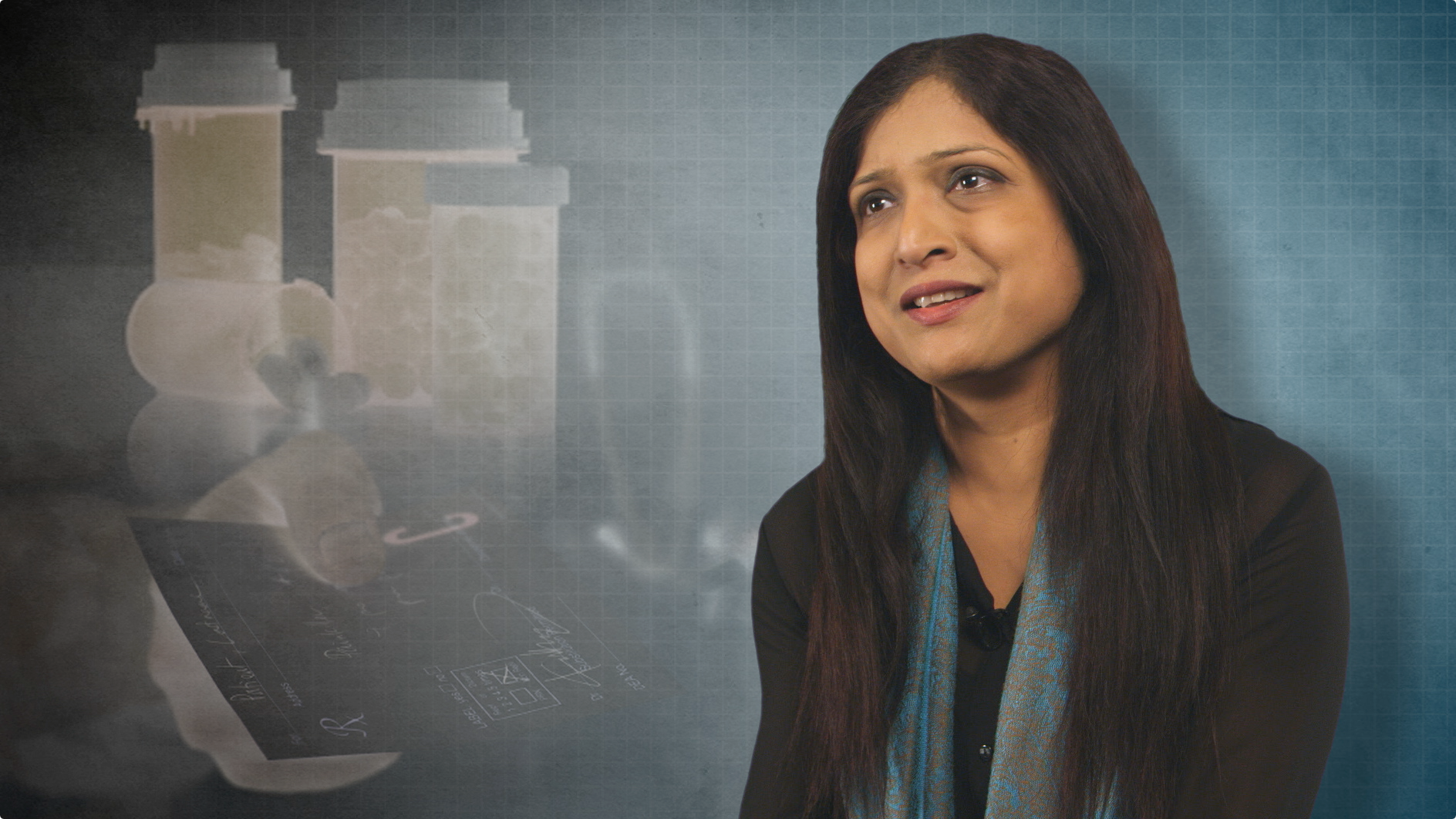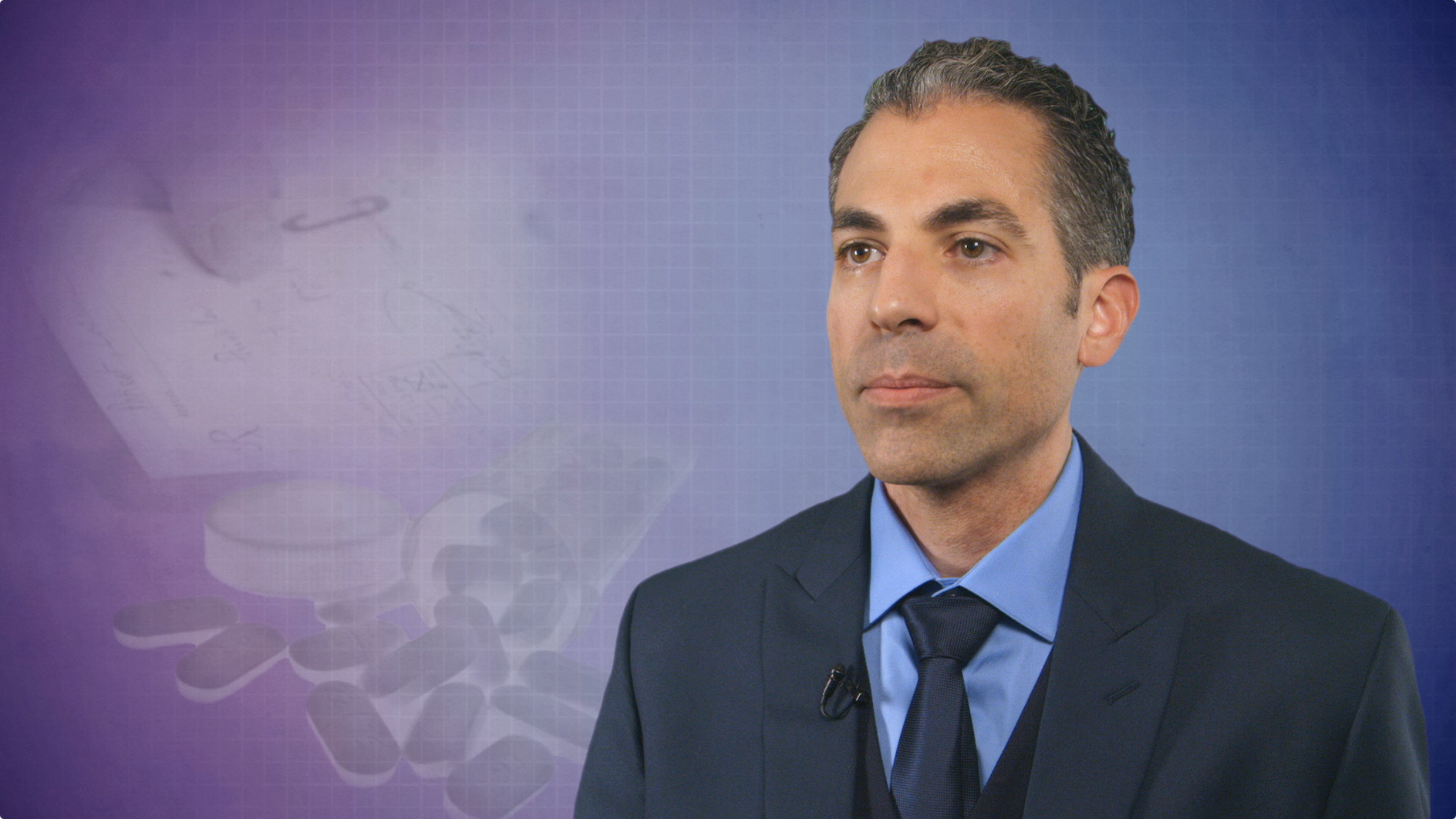Unintended changes in depression care persist after FDA warnings
Reuters Health • The Doctor's Channel Daily Newscast
“Immediately following the 2003 advisory, unintended declines in case finding and non-selective serotonin reuptake inhibitor substitute treatment were shown for pediatric patients, and spillover effects were seen in adult patients, who were not targeted by the warnings,” lead author Dr. Anne M. Libby and colleagues note.
The goal of the present study, reported in the Archives of General Psychiatry for June, was determine if the changes were persistent, substantial, and widespread in the US.
To do this, Dr. Libby and colleagues, from the University of Colorado Denver, analyzed data from a national integrated managed care claims database from July 1999 through June 2007. During the study period, 91,748 children (5 to 18 years of age), 70,311 young adults (19 to 24 years), and 630,748 adults (25 to 89) were diagnosed with depression.
From 1999 to 2004, the depression diagnosis rate increased in all three age groups, the report indicates. After 2004, the rate declined and did not reach predicted levels based on trend projections in all groups.
By 2007, for example, the number of pediatric depression cases per 1000 managed care enrollees was 3.5, very similar to the 3.2 per 1000 seen in 1999. For young adults and adults, it was predicted that 15.6 and 20.3 cases per 1000, respectively, would be seen in 2007. Instead, the actual rates were much lower, 9.6 and 12.4 per 1000.
Significant reductions in new diagnoses of depression by primary care physicians were also noted. The diagnosis rates for pediatric, young adults, and adults were 44%, 37%, and 29% lower, respectively, than predicted.
Unintended changes in treatments for depression were also apparent, the authors note.
“Substitution of other forms of treatment might have been an expected outcome of a decrease in first-line treatment for the acute phase of depression,” they note. However, “There was a small but significant increase in the proportion of new depression cases that received at least one visit for psychotherapy within 180 days of diagnosis for adults only.”
Furthermore, the investigators found, “Antidepressant alternatives — atypical antipsychotics and anxiolytics — did not increase statistically or in a clinically meaningful ways from their very low base rates in the pre-advisory period.”
Dr. Libby and colleagues conclude that in light of these findings, policy actions are needed to address the unintended consequences of reduced depression diagnoses and reduced treatment for the disorder.
Reference:
Arch Gen Psychiatry 2009;66:633-639.






